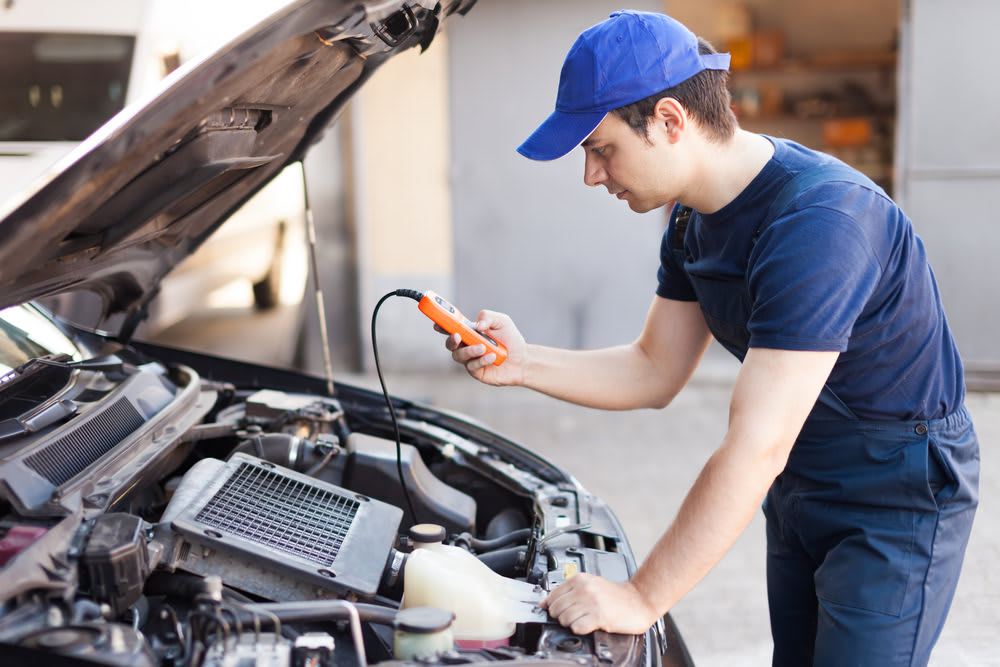

If you live in an area that requires emissions testing each year, you’ll be required to go through a two-part test. The testing facility will do two things: they’ll measure the gases in your exhaust via a tailpipe test, and they’ll check your OBD (On-Board Diagnostics) system. What role does the OBD system play here? Why is a check of the OBD system needed if the facility conducts a tailpipe test?
Two reasons for a two-part test
There’s actually a very simple reason why the testing facility in your area will require an OBD test in addition to a tailpipe test. Contrary to popular belief, the OBD system does not measure gases produced other than oxygen. A tailpipe test is needed to analyze the different gases being produced and ensure that your car is within limits set by the government.
The second reason is tied to the first. A tailpipe test only checks for gases in your emissions. It can’t assess the health of your emissions control components. That’s what the OBD system does – it monitors your emissions equipment, such as the catalytic converter, oxygen sensor, and EGR valve. When a problem with one of these components occurs, the car’s computer sets a temporary code. If the problem is detected more than once, the computer turns on the Check Engine Light.
What an OBD system does
The OBD system does more than just light up when a part has failed. It’s able to detect progressive deterioration of your car’s emissions control components. This helps avoid potentially serious damage to the car, but also ensures that you’re able to replace failed emissions control equipment before the car begins creating serious pollution.
If the Check Engine Light is on in your dash, your car will not pass the emissions test, as there is a problem that will need to be repaired first. However, your car may not pass testing even if the Check Engine Light is not on, particularly if you fail the gas cap pressure test.



